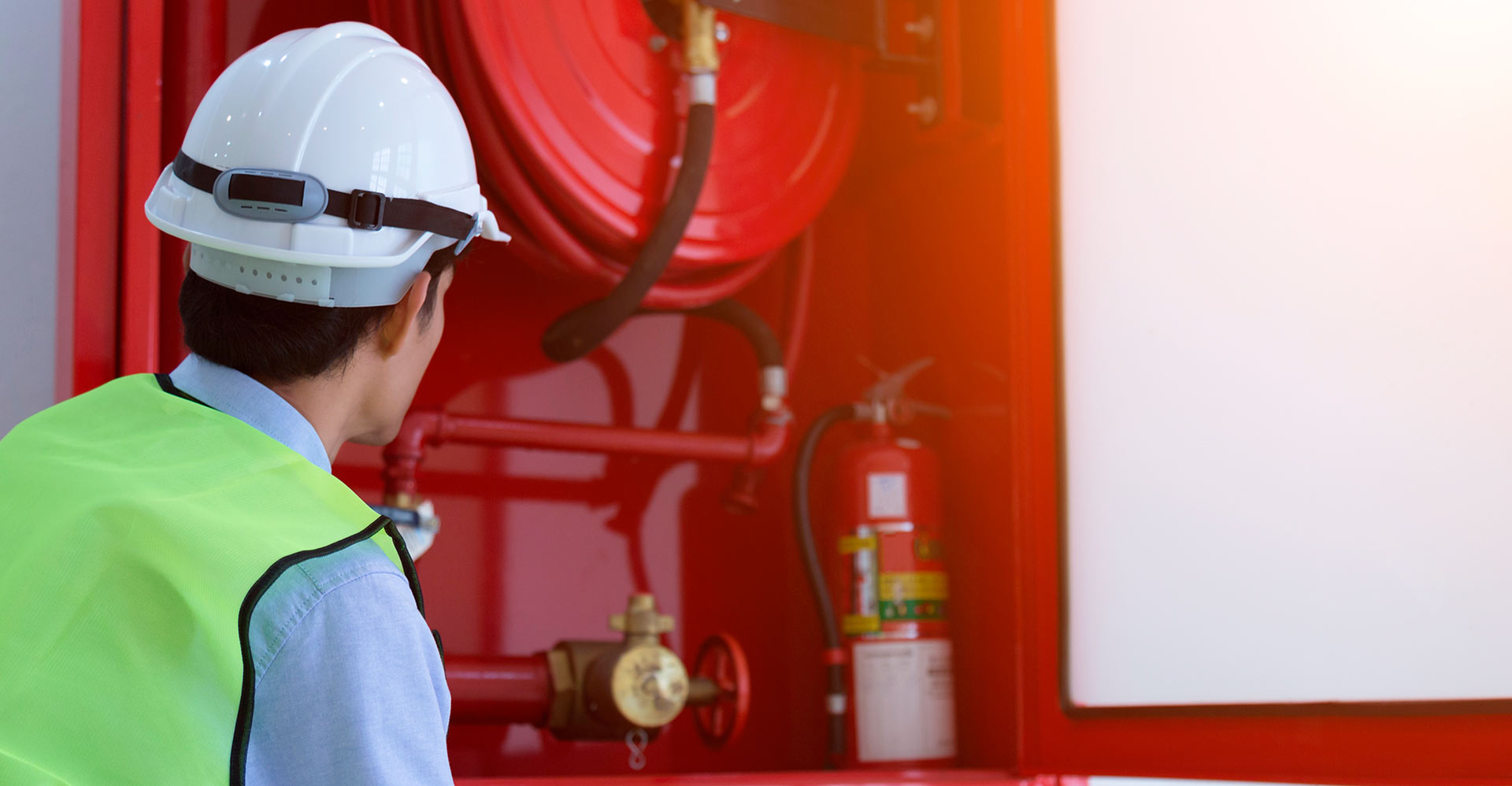Our Services
Fire safety
The current fire safety legislation is in force since January 2009, despite having had several changes, it maintains since then the obligation of all buildings and compounds, regardless of having or not suffer any type of construction work, to fulfill the ruling dispositions divided into 12 Types of Use – Housing, Parking, Governmental, Schools, Hospitals and Nursing Homes, Showrooms and Public Meetings, Hotels and Food, Commercial and Transport Areas, Sports and Leisure, Museums and Art Galleries, Libraries and Archives, Industry, Workshops and Warehouse.
On the other hand, each one is classified in one of the four fire risk categories (1st to 4th) as well as with the identification of certain risk places, according to the type of use of each of the compartments of the building or fraction.
ARQ+ has a vast experience in elaborating surveys and projects in this area to both all Types of Use and Risk Category.
Our Safety Against Fire in Buildings (SCIE) projects are elaborated by technicians registered at national professional associations of their respective areas and by National Authority of Civil Protection (ANPC).
1Consultancy in Safety Against Fire in Buildings (SCIE)
Aims to evaluate the existing conditions in terms of Safety Against Fire in Buildings (SCIE) and implementing the corrections and/or permits needed to the normal functioning of the activities, as well as to prepare and perform the inspections, trainings and drills.
2Security Data Sheet (1st Risk Category)
Only applied to buildings and compounds from the 1st risk category, this is, that offer a minor risk of fire and do not need permit or approval from National Authority of Civil Protection (ANPC). The sole responsible is the technician that assembles to apply the requirements in force.
3Projecto de Segurança (2º a 4ª Categoria de Risco)
Safety Against Fire in Buildings Project (Projeto SCIE) is a set of technical projects that may influence or restrain the creation act of the architecture project.
On the other hand, it imposes directly on all the other specialties (power, residual waters, HVAC, ventilation, security signaling, amongst others), as it defines the demands to be applied to all of them, signifying a joint articulation of works during the construction process.
4SPM – Self-Protection Measures
A mandatory technical document to all establishments and compounds subject of approval by National Authority of Civil Protection (ANPC).
Safety Against Fire in Buildings (SCIE) legislation is based on security prevention culture and one of the mandatory preconditions are the self-protection measures, which currently has to be implemented in the buildings, security organizations and management methods.
Self-protection measures and fire safety management in buildings and compounds, during usage are based on the following criteria (applicable individually or cumulatively) according to the criteria defined by law to each risk category:
– Preventive measures that depending on the risk category are either Prevention Procedures or Prevention Plans;
– Intervention Measures that in case of fire and depending on the risk category are either Emergency Procedure or Internal Emergency Plans;
– Security Registration, shall include all reports of audits and inspections, the relation of all maintenance actions and direct or indirect occurrences relate to Safety Against Fire in Buildings (SCIE);
– Training in Safety Against Fire in Buildings (SCIE), aimed to all employees and collaborators of the entities that operate or specific training to security delegates and other elements that handle with situations of higher fire risk;
– Drills, to test the Internal Emergency Plan and train the users aiming the creation of behavioral routines and enhance procedures.


